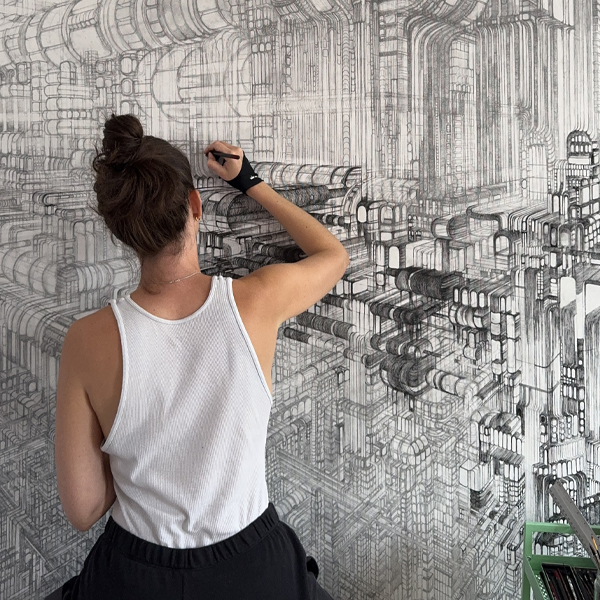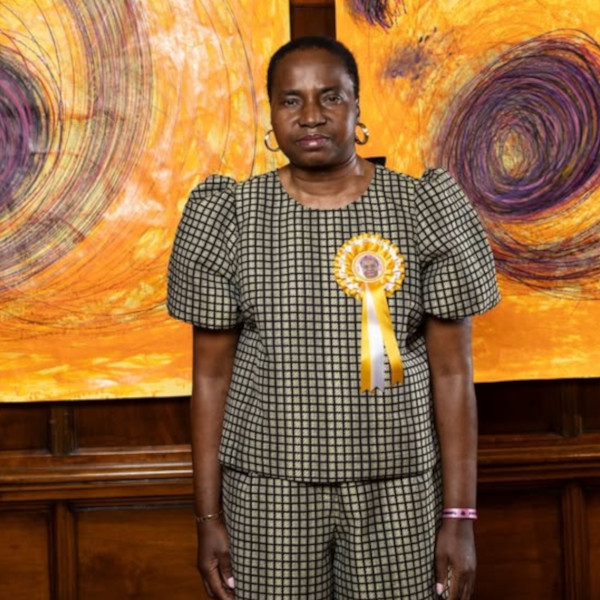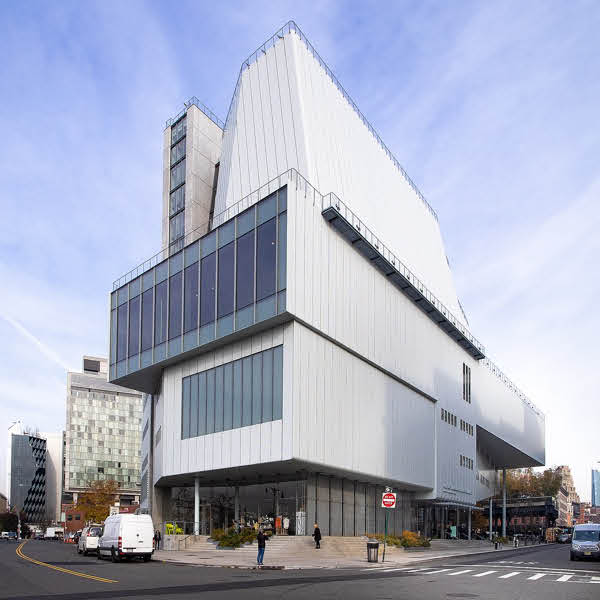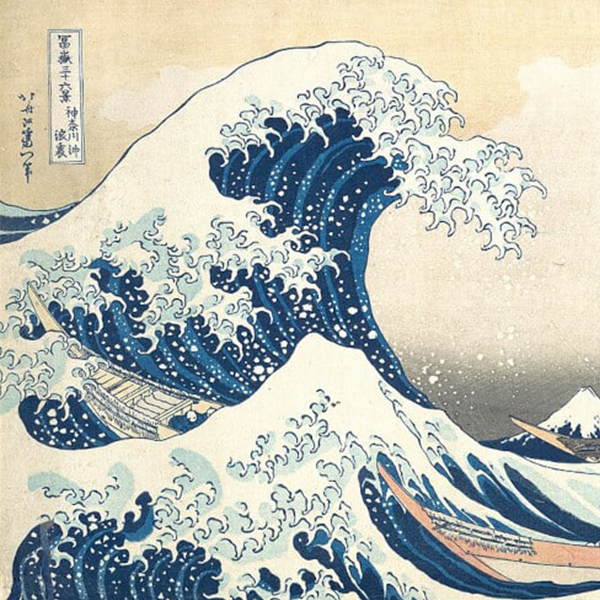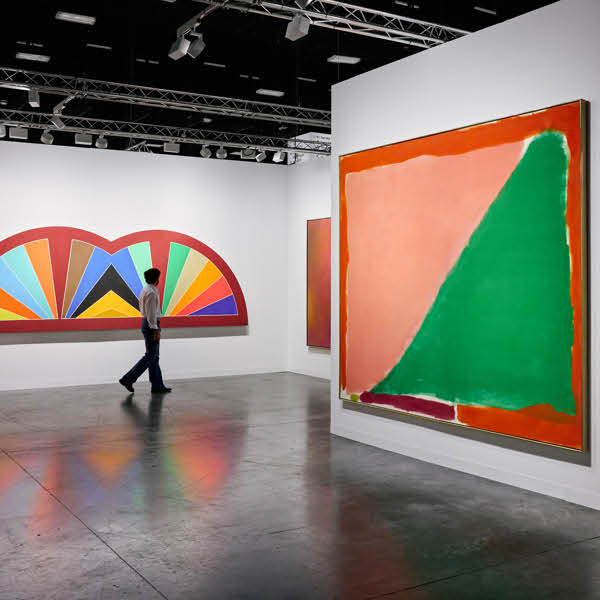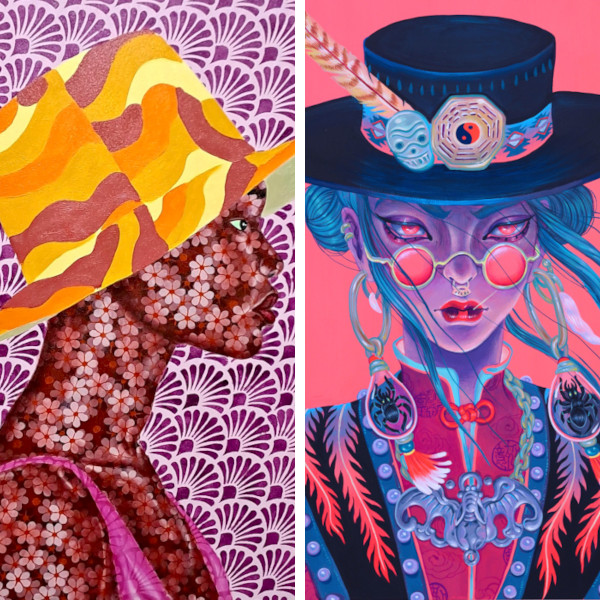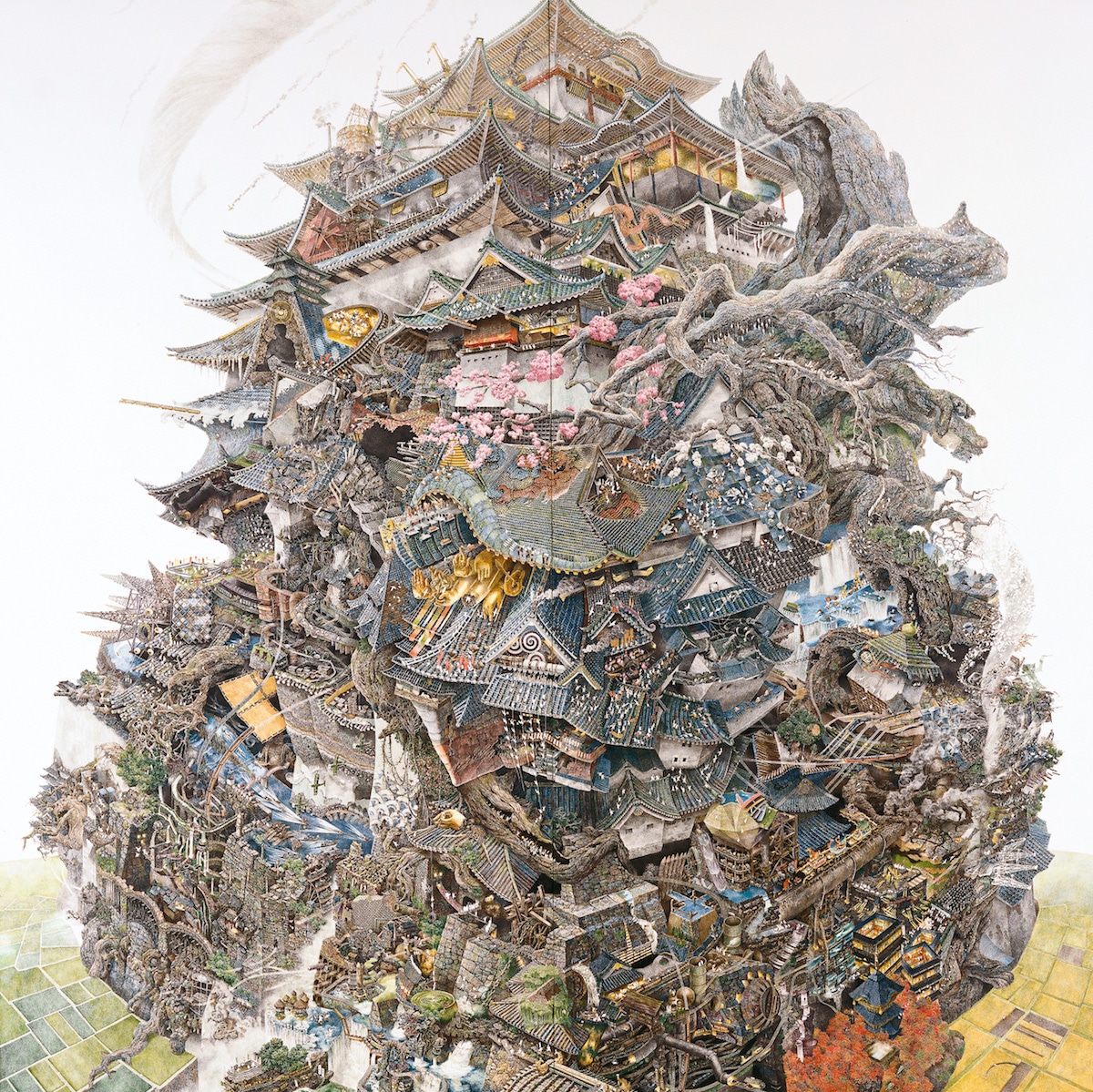
‘History of Rise and Fall'
2006
pen, acrylic ink on paper, mounted on board
200x200cm (6.5×6.5 ft)
Photography by MIYAJIMA Kei
Collection of TAKAHASHI COLLECTION
©IKEDA Manabu, Courtesy Mizuma Art Gallery
Working with infinite patience, Japanese artist Manabu Ikeda spends years creating large-scale pen and ink drawings. His elaborate masterpieces, which are churned out one at a time, are a visual treasure hunt for viewers. It's possible to spend hours gazing at every inch of Ikeda's pen and ink pieces, with new details emerging over time.
We first introduced you to Ikeda's work after he completed Rebirth, an enormous drawing inspired by the 2011 tsunami, and created during a three-year residency at the Chazen Museum of Art in Madison, Wisconsin. The 10′ x 13′ panel traveled around Japan after a period in Wisconsin, where the artist is still based. A look at some of his earlier drawings demonstrates the focus and attention each piece requires.
Ikeda puts his energy into one drawing at a time, sectioning each piece of the panel into small areas. In this 2006 drawing, History of Rise and Fall, man and nature intertwine across a 6.5′ x 6.5′ panel. In the complex work, pagodas are precariously stacked on top of one another, some still under construction, while thick branches wind throughout the architecture. Fantastical train tracks whizz up the mountain and a keen eye reveals whimsical details like a monster peering out from behind a home. “Human beings are part of nature,” Ikeda says. “In the scars left by human beings on nature, I feel that it is possible to glimpse the strength of both their energies.”
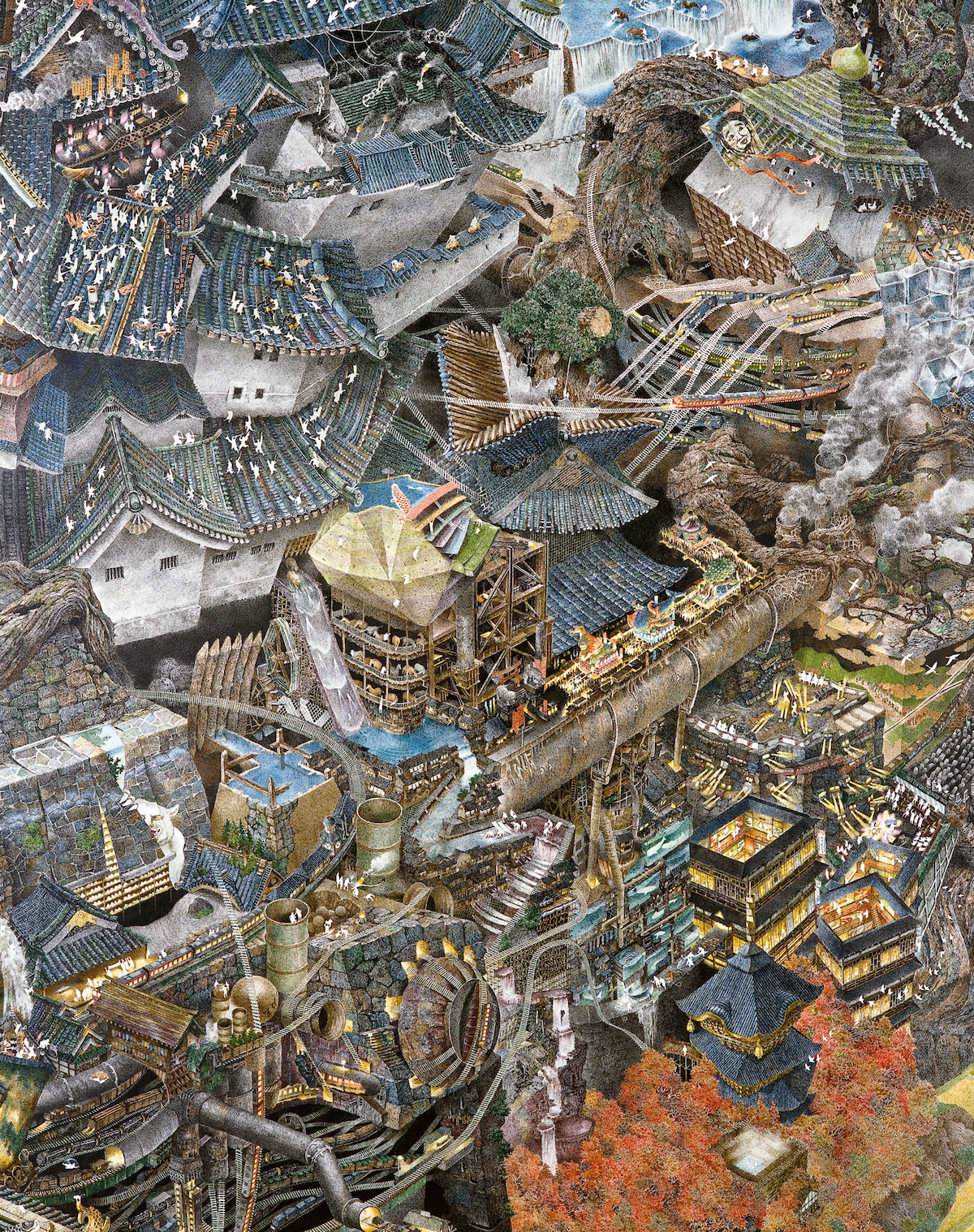
‘History of Rise and Fall,' detail
2006
pen, acrylic ink on paper, mounted on board
200x200cm (6.5×6.5 ft)
Photography by MIYAJIMA Kei
Collection of TAKAHASHI COLLECTION
©IKEDA Manabu, Courtesy Mizuma Art Gallery
In 2008's Foretoken, which took 2.5 years to complete, we see a natural disaster washing over a city in a scene that seems to foreshadow Rebirth. The composition began as a scene of a snowy, icy world, but quickly transformed into a wave. Ikeda's work style, in which he allows the art to unfold without a strict preparatory sketch, gives him the liberating opportunity to move as inspiration takes over him. From here, themes of chaos and disaster, which seem recurring through his work, spill forth.
For Ikeda, who is currently focusing on small artworks before beginning a large piece in the fall, his is a balancing act between the details and overall composition. “I hope that people will receive the work and think about the work in many different ways. I really don’t have any idea of how to create a ‘miniature,'” Ikeda tells My Modern Met. “In order to be able to show the entirety, the tools used should be very delicate and subtle. By concretely depicting the whole, this gives more persuasive power to the work as a single mass, and so it seems to grow greater and is more realistic: that is the process for me. The most important thing is what kind of presence the work has as a whole. Its composition, its space, its details and its entirety all of these facets are included in what becomes its presence. That is the most important thing to me.”

History of Rise and Fall,' detail
2006
pen, acrylic ink on paper, mounted on board
200x200cm (6.5×6.5 ft)
Photography by MIYAJIMA Kei
Collection of TAKAHASHI COLLECTION
©IKEDA Manabu, Courtesy Mizuma Art Gallery
Japanese artist Manabu Ikeda is known for his large-scale, fantastical pen and ink drawings.
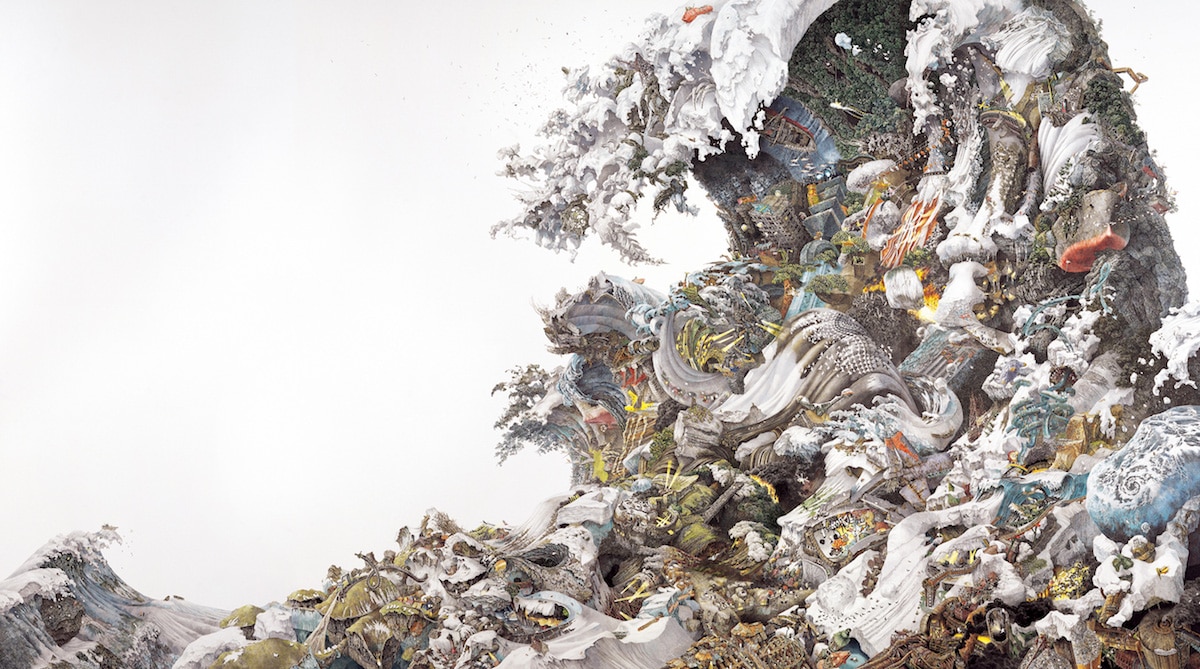
‘Foretoken'
2008
pen, acrylic ink on paper, mounted on board
190x340cm (6.2×11 ft)
Photography by KUGE Yasuhide
Collection of Kagura Salon (Sustainable Investor Co.,Ltd.)
©IKEDA Manabu, Courtesy Mizuma Art Gallery

‘Foretoken,' detail
2008
pen, acrylic ink on paper, mounted on board
190x340cm (6.2×11 ft)
Photography by KUGE Yasuhide
Collection of Kagura Salon (Sustainable Investor Co.,Ltd.)
©IKEDA Manabu, Courtesy Mizuma Art Gallery
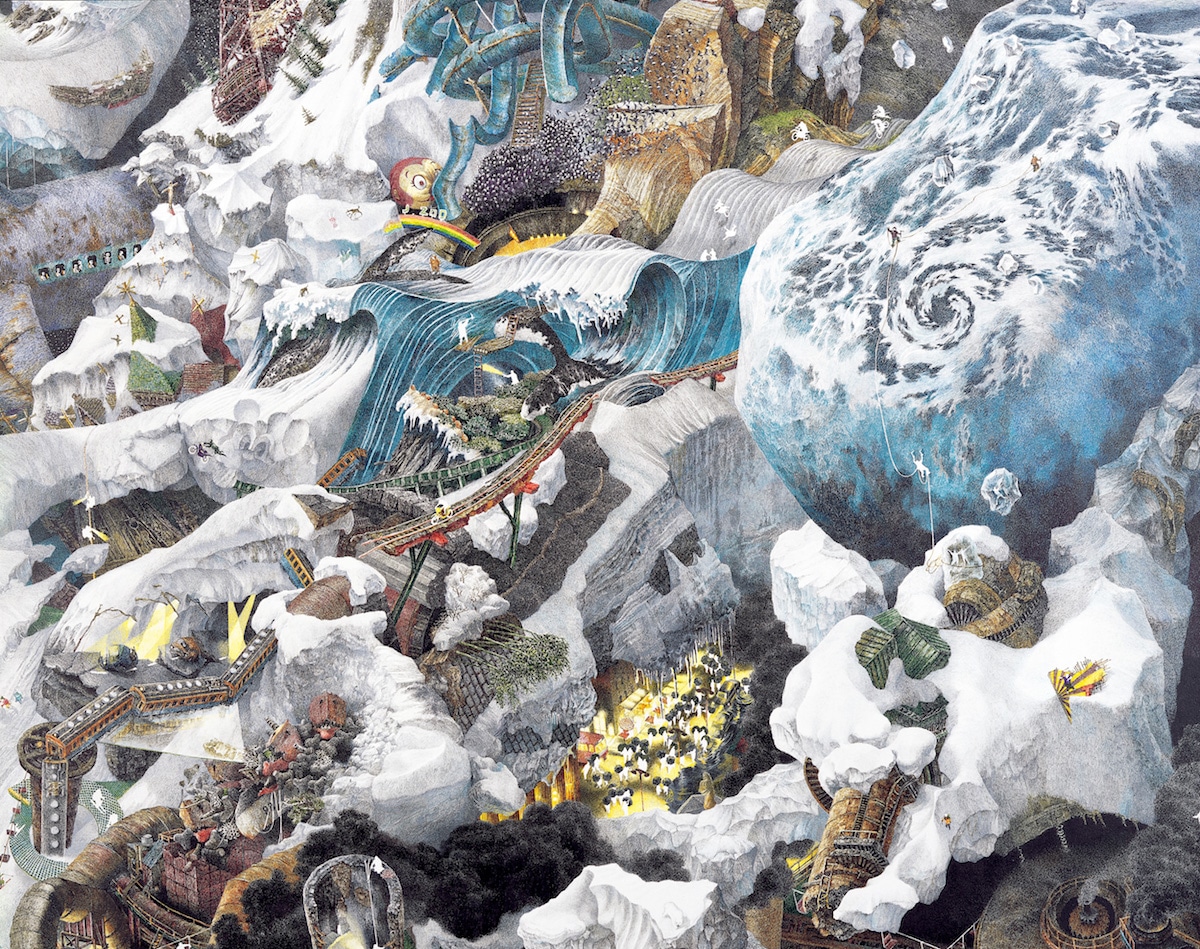
‘Foretoken,' detail
2008
pen, acrylic ink on paper, mounted on board
190x340cm (6.2×11 ft)
Photography by KUGE Yasuhide
Collection of Kagura Salon (Sustainable Investor Co.,Ltd.)
©IKEDA Manabu, Courtesy Mizuma Art Gallery
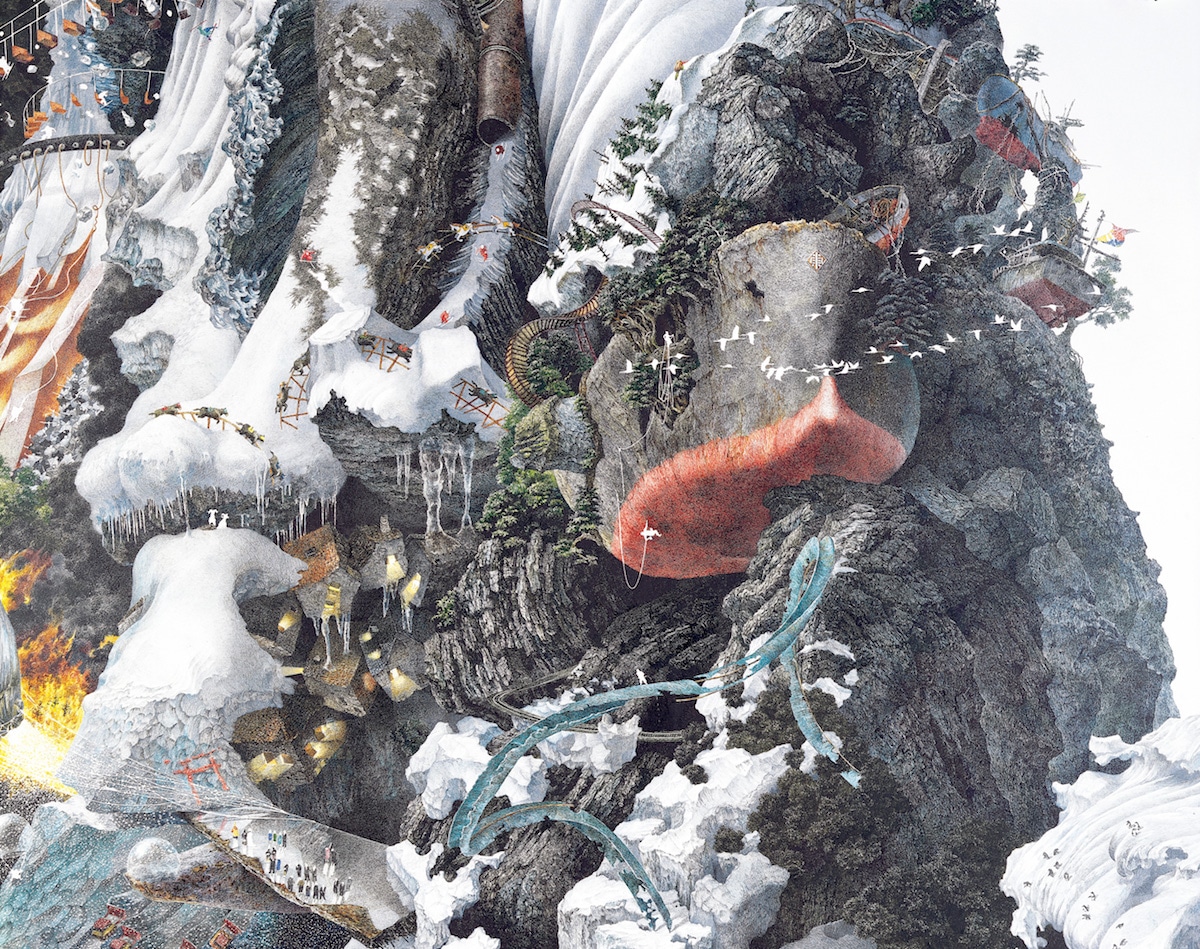
‘Foretoken,' detail
2008
pen, acrylic ink on paper, mounted on board
190x340cm (6.2×11 ft)
Photography by KUGE Yasuhide
Collection of Kagura Salon (Sustainable Investor Co.,Ltd.)
©IKEDA Manabu, Courtesy Mizuma Art Gallery
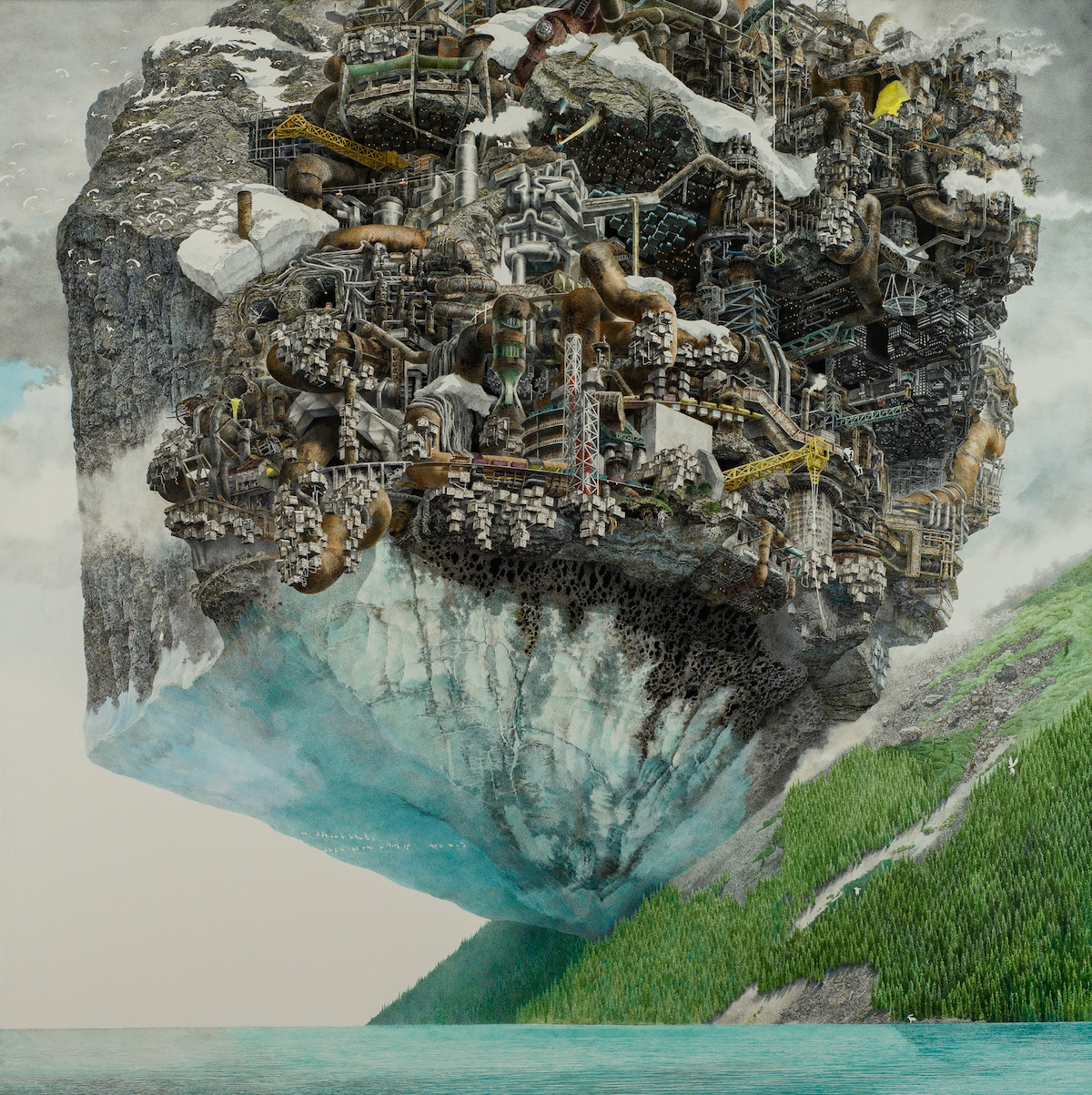
‘Meltdown'
2013
pen, acrylic ink on paper, mounted on board
122×122cm (4×4 ft)
Photography by West Vancouver Museum
Collection of Chazen Museum of Art
©IKEDA Manabu, Courtesy Mizuma Art Gallery

‘Meltdown,' detail
2013
pen, acrylic ink on paper, mounted on board
122×122cm (4×4 ft)
Photography by West Vancouver Museum
Collection of Chazen Museum of Art
©IKEDA Manabu, Courtesy Mizuma Art Gallery

‘Meltdown,' detail
2013
pen, acrylic ink on paper, mounted on board
122×122cm (4×4 ft)
Photography by West Vancouver Museum
Collection of Chazen Museum of Art
©IKEDA Manabu, Courtesy Mizuma Art Gallery












































































